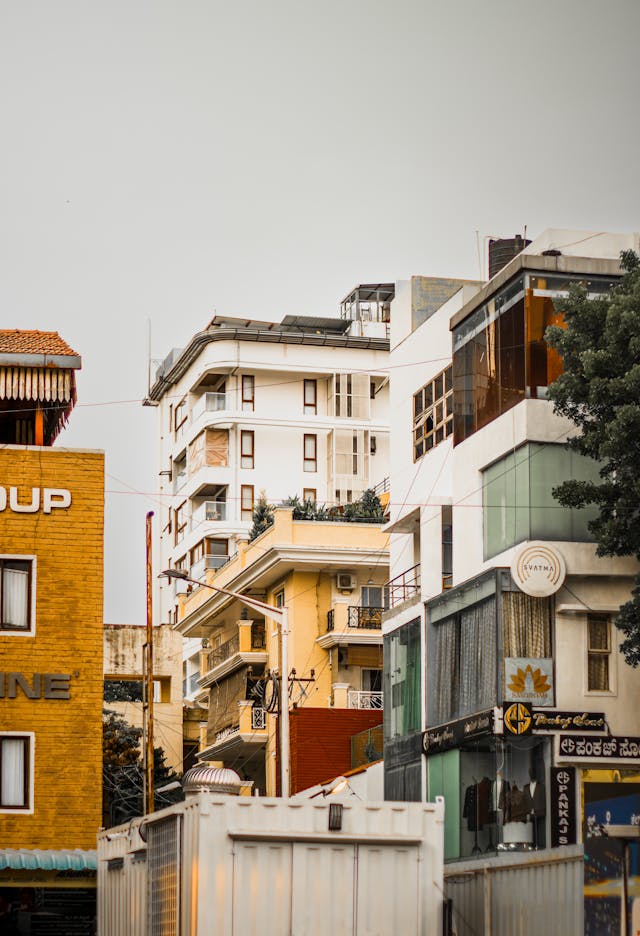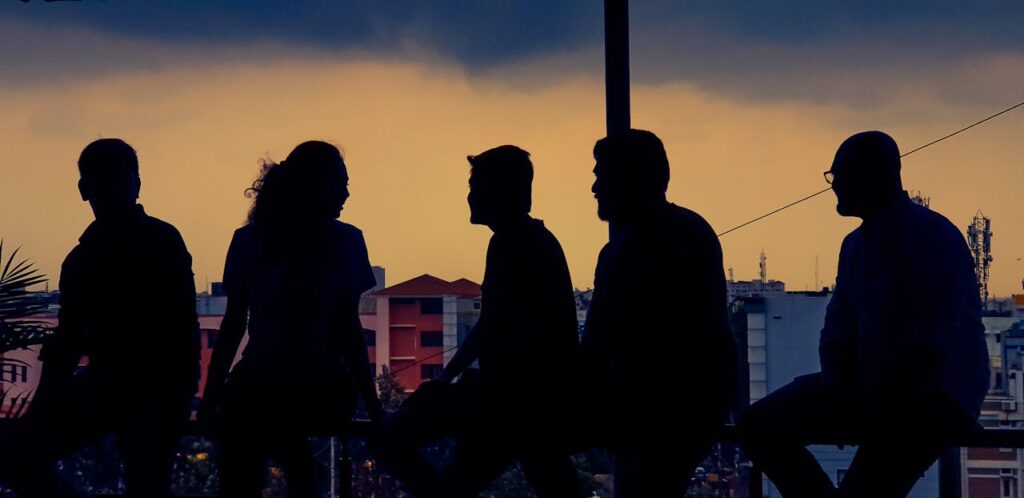YTC Ventures | Technocrat’ Magazine
Bengaluru, October 6, 2025
In the bustling lanes of Bhuvaneswari Nagar, a quiet revolution is unfolding. Manappa, a BESCOM meter reader turned enumerator, wipes the sweat from his brow after 90 minutes of knocking on doors. It’s his third attempt today, and finally, one household opens up. What follows is an hour-long conversation—not just about caste or education, but about dreams, struggles, and the daily grind of life in India’s Silicon Valley.
This is the ground reality of Bengaluru’s long-delayed Social and Educational Survey, a massive exercise that kicked off on October 4, 2025, amid protests, technical glitches, and a palpable mix of curiosity and skepticism.As the sun sets over the city’s five municipal corporations—spanning the Greater Bengaluru Authority (GBA) limits—the survey is inching forward. But it’s no smooth ride.
From reluctant residents flipping through newspapers to verify caste codes to enumerators battling app crashes and unfamiliar neighborhoods, the operation reveals the complexities of collecting data in a metropolis of 1.4 crore people. This ground report dives into the heart of the effort: the human stories, the hurdles, and the high stakes.

A Delayed Dawn: From Statewide Launch to Bengaluru’s Stumble
The Social and Educational Survey, often whispered about as Karnataka’s “caste census,” isn’t new to the state. It echoes the 2015 Socio-Economic and Caste Census but with a sharper focus on social justice. Launched statewide on September 22, 2025, it aimed to wrap up by October 7—a tight 15-day window for a Herculean task.
Preparatory work, including house listing and geo-tagging by electricity meter readers, began as early as August 23.Yet Bengaluru, the survey’s biggest battleground, lagged behind. Shortages of government school teachers—the backbone of the enumerator workforce—pushed the start date from an initial September target to post-Dasara. Multiple postponements followed: first to October 3, then October 4, thanks to enumerator protests over ward allotments. “The maps don’t know my streets,” one teacher enumerator told this reporter, echoing frustrations over rigid assignments that ignored local knowledge.By October 5, the first full day, momentum built slowly.

Across the GBA’s 50,57,469 households, enumerators fanned out in teams, armed with tablets and a 60-question form covering everything from religion and caste to education levels, land ownership, and access to toilets or health insurance. But progress? Just 22,141 houses covered on Day 1—a mere 0.44% of the target.
The Foot Soldiers: 17,500 Enumerators on the Frontlines
At the survey’s core are Bengaluru’s 17,500 enumerators, a mix of trained government school teachers, municipal staff, and volunteers. Drawn from the broader statewide pool of 1.75 lakh, they underwent two phases of training, including sessions at centers like KLE College in Rajajinagar. Commissioner Dr. Rajendra K.V. visited one such hub on September 29, stressing “accuracy, timeliness, and transparency” to a room full of weary faces.On the ground, it’s grueling.
Enumerators like Manappa cover 200-250 households per ward, navigating traffic-clogged roads and high-rises where RR numbers (from electricity meters) lead to dead ends.
Protests erupted on launch day as some demanded re-allotments, halting work in parts of the city. “We’re not against the survey,” said one protester from Jayanagar. “But assigning us to areas we’ve never mapped? It’s a recipe for errors.”Honorariums—up to ₹20,000 per enumerator—have been disbursed to boost morale, but Chief Minister Siddaramaiah has warned of disciplinary action for absentees. “This is about accountability,” he said in a September 26 video conference with district officials.
In Bengaluru, where teacher shortages are acute, RWAs and apartment associations are being roped in for support, with online options encouraged for locked homes.
Reluctant Doors and Rumors: Public Hesitation Meets Official Appeals
Why the slow uptake? Public wariness is a big factor. Rumors swirl that the survey could cancel ration cards or fuel quota hikes—fears debunked by Deputy Commissioner G. Jagadeesha, who urged citizens on September 29: “This is solely for data on backward classes and communities. No one’s benefits are at risk.”
Yet, in upscale apartments and migrant-heavy slums alike, doors stay shut. One resident in Byrasandra pulled out a newspaper to cross-check sub-caste codes, muttering, “We’ve heard this before—data gets twisted.”Deputy Chief Minister D.K. Shivakumar led by example on October 4, personally filling out his form in a public demo. “From village to Bengaluru, I’ve shared everything,” he posted on X. “Cooperate with patience—this is for the next generation’s justice.” His call echoes statewide:
Keep documents like Aadhaar, caste certificates, and income proofs ready. For the elderly or remote areas, survey centers in schools offer an alternative.As of October 5, statewide coverage stood at 63.03%—3.42 crore individuals across 90.61 lakh households—but Bengaluru’s slice remains a work in progress.
Past efforts, like the 2015 survey’s 85% urban coverage and this year’s Scheduled Castes Survey at 54%, set a low bar. Officials are banking on IT fixes for app glitches and daily monitoring by nodal officers to hit 10% progress per day.
The Bigger Picture: Goals Beyond Numbers
So, what’s the endgame? The survey’s goal is crystal clear: an “X-ray of society” for evidence-based policymaking. It maps social, economic, educational, and political representation across castes and communities, feeding into schemes like guarantees and welfare allocations.
Costing ₹420 crore statewide, the report is due by December 2025.”It’s not a caste census, but a push for social justice,” Shivakumar clarified on September 22. Data on computer literacy, loans, livestock, and more will spotlight inequalities, ensuring resources reach the marginalized.
In Bengaluru, with its 1.4 crore residents—a mosaic of migrants, techies, and laborers—this could reshape urban planning, from education quotas to housing.Critics, including BJP leaders, call it a rushed “caste survey” under the guise of social data, pointing to Karnataka High Court petitions (dismissed on September 25). But proponents see it as Rahul Gandhi-inspired equity in action.
A City on the Cusp: Hope Amid the Hustle
Back in Bhuvaneswari Nagar, Manappa packs up as dusk falls. His tablet hums with partial entries—stories of single mothers chasing degrees, elders without toilets, youth eyeing IT jobs. “It’s slow,” he admits, “but when they talk, you see why we do this.”Bengaluru’s survey is a microcosm of India’s fault lines: ambition clashing with logistics, trust rebuilding one doorstep at a time.
With two days left, the race is on to cover 50 lakh households. Will the city rise to the occasion? Early signs say yes—slowly, stubbornly, but surely.As Siddaramaiah put it: “Every household counted, every voice heard.” In a city that never sleeps, this survey might just wake it up to its own diversity.
This ground report is based on on-site observations in Bhuvaneswari Nagar and Byrasandra, interviews with enumerators, and official updates as of October 6, 2025.

Comments